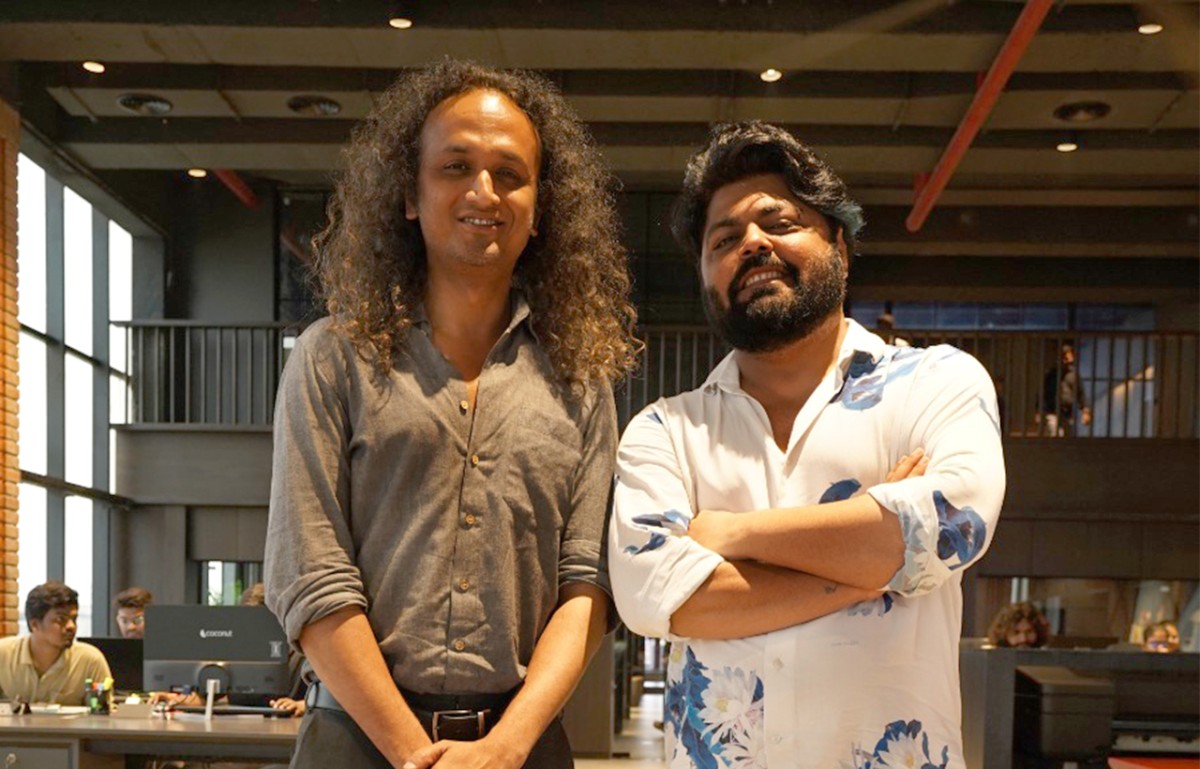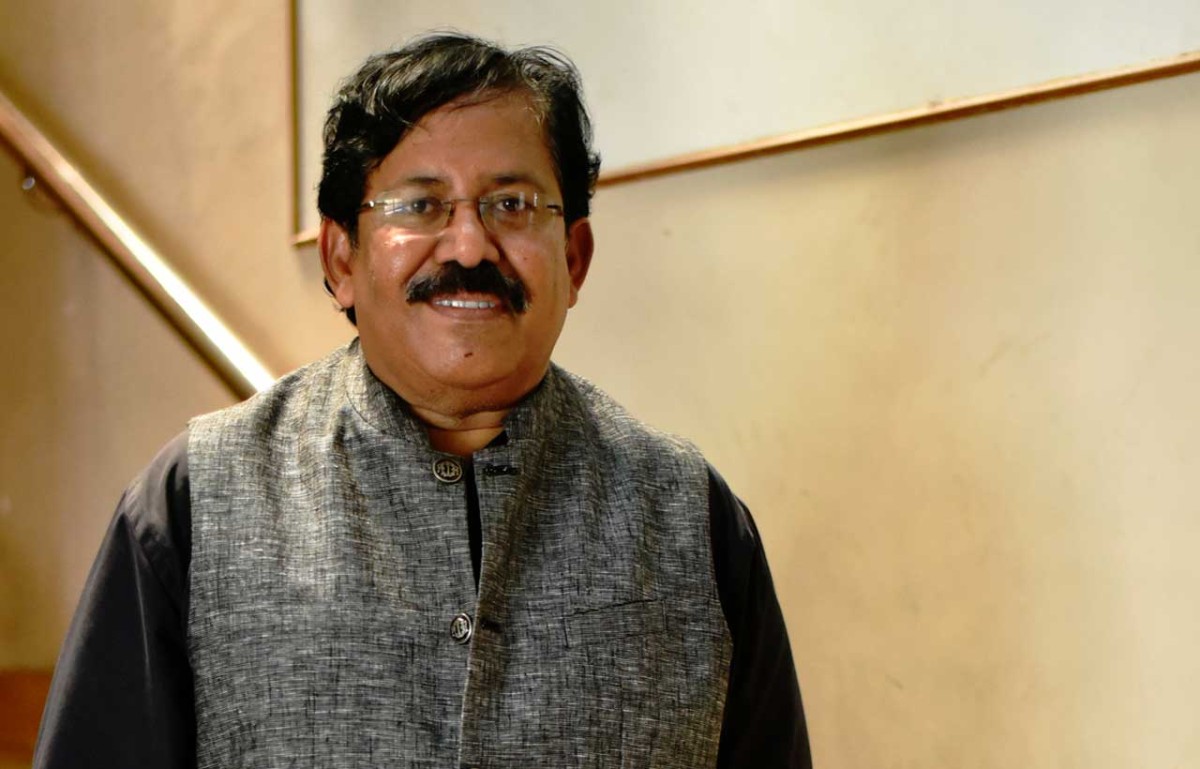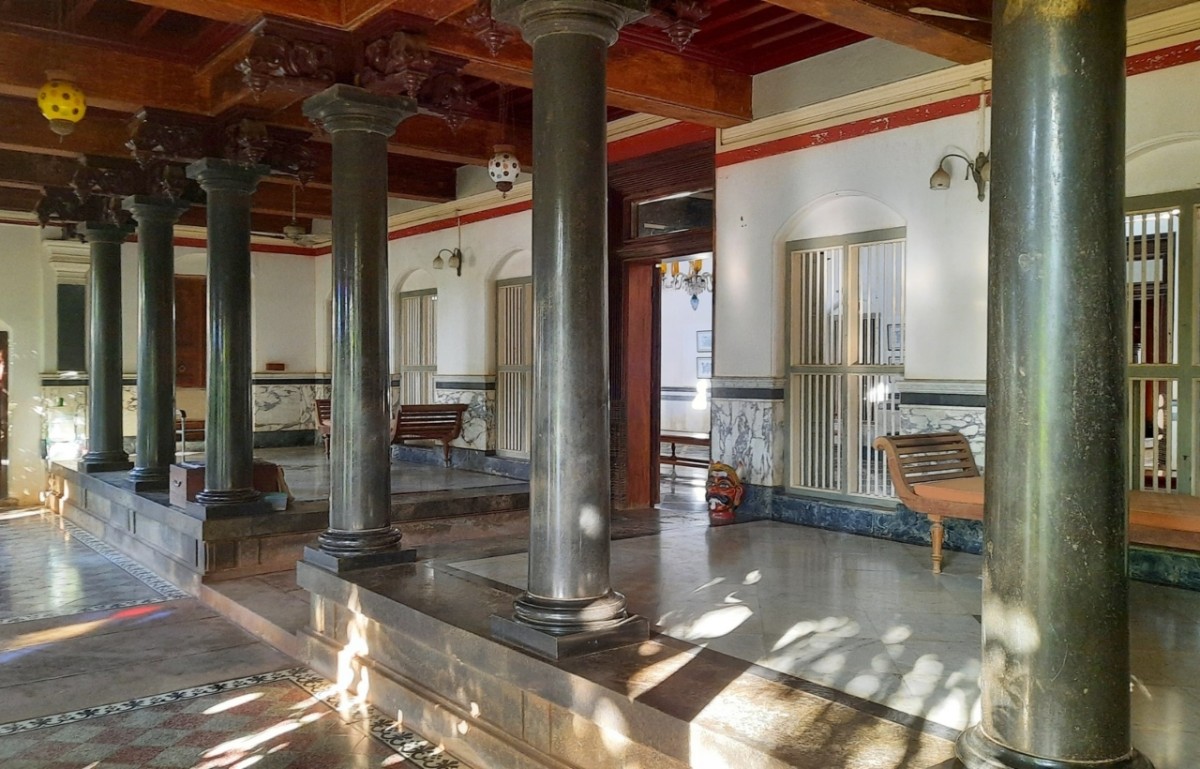Shaped By Vadodara: An Exclusive Interview With Architect Dharam Patel
- November 26, 2025
- By: Sanyukta Baijal
- INFLUENCERS
City of Baroda is the epitome of art and architecture and continues to inspire generations of architects with its rich cultural heritage. And one of the big names who have been influenced by the city's grandeur is Ar. Dharam Patel.
He is a design enthusiast, an architect who has travelled 108 countries and is obsessed with nature. In an exclusive conversation with Building Material Reporter, Patel reflects on his architectural journey, stories that shaped him, and the driving force behind his work.
As an architect, where do you draw your inspiration from?
Actually as an architect all around you inspires you to work. So wherever you go, you see such an interesting and amazing work done by the locals. If I go to Rajasthan, I see hand molded roof tiles and very meticulously done those kind of details which actually even we don't do after so much of engineering.
If you revisit architecture of our historical times, you'll notice the engineering they did at that particular time. Today we need air conditioning, today we need everything. They did not need anything of this. Not even the fans. So, everything inspires me, the materials, technique, people and this is what drives you to think out of the box in this field.
How did you decide sketching on a paper would turn into a profession? At which point did you know you wanted to become an architect?
Oh, that is a very funny story. I never decided myself to be an architect because it was just by a stroke of luck I am here. I had a very nice friend in my school. She wanted to be an architect and the first word I heard from her was 'architecture'. Up till that time I wanted to be an engineer. I wanted to do something in electrical engineering or electronic engineering. I used to go to those kind of weekend markets to collect all these electrical circuits and rework with them. So architecture was not in my mind. However, when I was helping her find a good architecture institute, I ended up getting in ironically, she didn’t.
But then when I got in it kind of grew into me. I felt that this is something which really excites me and now we are here. I think this city also helps to attract you towards a profession and speaking of Vadodara, it's full of art and architecture and monuments. So, and it is a blend of old and new.
How did the city help you to choose this profession?
I'd like to highlight a couple of points. A) If you see the history of Vadodara, we are truly blessed. With the farsighted vision of one of the most knowledgeable Maharajas of that time, the legacy was carried forward over three to four generations. Historically, as a kingdom, we never fought with anyone and that's why the peace brought knowledge. And wherever we studied, whatever buildings we visited, even for our kind of education or for any government works, everything was within the premises made by the Maharaja.
So, the first inceptions coming from Maharaja were like the right kind of detail, the scale, and everything came to us naturally. We just lived into it. B) Blending the historical architecture with the modern one has been the biggest inspiration for me. The king invited architects from Europe, London to do their job, and this is what grew into us.
With clients now coming in informed by social media and knowing exactly what they want, how do you handle this shift?
In a way I am very positive and it has worked well for me. Since, all the clients are exposed to so many visual details than before, they're travelling, they have lot of experiences and they see so much. It challenges us to do better every time. Also, the affordability of the clients have changed in last 20-25 years of my practice. Now, the middle class is also easily able to build their houses as per their wish.
Overall, we need to cater to our clients because they are gods for us. And when I come up with a good solution for their demands and queries, that's where I think I have achieved something.
How do you bring culture and heritage in your designs while maintaining a balance with new trends?
So, trends have become a common recurring thing. And even in architecture, you would see that a lot of trends come and go. They keep changing and every place and time is different. So, obviously, all your projects are supposed to be different because every client and their site, and demands are different. Even the vernacular architecture or material sensibility is different. So, as a creative professional, I need to bring the mix of all to the project. So, when the mix is different, the project is different. Everything keeps on evolving.
However, the strongest and longest-running trend so far has been contemporary minimalism, and the way it has reshaped traditional architecture is truly remarkable. But the idea is to be very responsible towards the time and place. We can go with very contemporary architecture but at the same time keep things balanced while respecting the climate, and sourcing materials.
Tell us something about your standout projects like ITC Udaipur, built in the mountains, how were you able to do that?
It is a long story, it took us a decade to complete it. The entire process, when we took our first step till it was finished was an experience in itself. It was back in 2013 where we went to do the site visit and then took a year's process to evolve the concepts. Initially, this project was a luxurious villament development and it was a supposed evolution of the clients as well. They had done a very nice villament project in Mount Abu and then they wanted to do a next version.
We worked for the sample houses and already 30-40 houses were being built in phase one. And suddenly, things struck other way round and demonetisation came. So, all the finances of the clients were scrambled a bit. People were not able to pay on time. So, that led to a new idea of building a very upscale resort in this place without compromising any of the groundwork already laid.
So, that was the kind of challenge we had to face. Then we reframed everything, all the structures which were built and semi-built and then transformed into this beautiful resort. So, that was the story.
As an architect and a professional, how do you address environmental impact and ensure sustainability in your work?
Considering the climate change, sustainability is the need of the hour. We as professionals have a duty towards nature and our planet. And in coming future, the architects will play a very big role in bring a significant change in the world by adapting more eco-friendly measures.
Anything that leads to sustainable design has to be the first thing taken into consideration. Doing a proper research about a project's long term effects, which materials are used or the kind of technology is being put into it. We have had a thought process of a similar kind and now we have built lot of projects considering all these factors.
We’ve seen buildings collapse in seconds during earthquakes, yet structures like the Dwar by Maharaja Sayajirao still stand. What makes their architecture so different from what we build today?
So rightly said. Do you know, they used to work with materials which were very long lasting? They had an understanding of detailing which material would be sustainable which technology serve them well for ages.
Whatever we appreciate today, the historical architectures, monuments and sculptures, they have all lived for ages and will continue to live on till many more centuries to come.
Also read: In Sync With Nature: Vadodara's Ar. Harsh Bhogani In An Exclusive Conversation With BMR
Also read: Smart Design Conclave & Awards Lights Up Vadodara’s Design Scene
Also read: Excerpts of Short Interview with Ms. Bandana Jain, Artist








